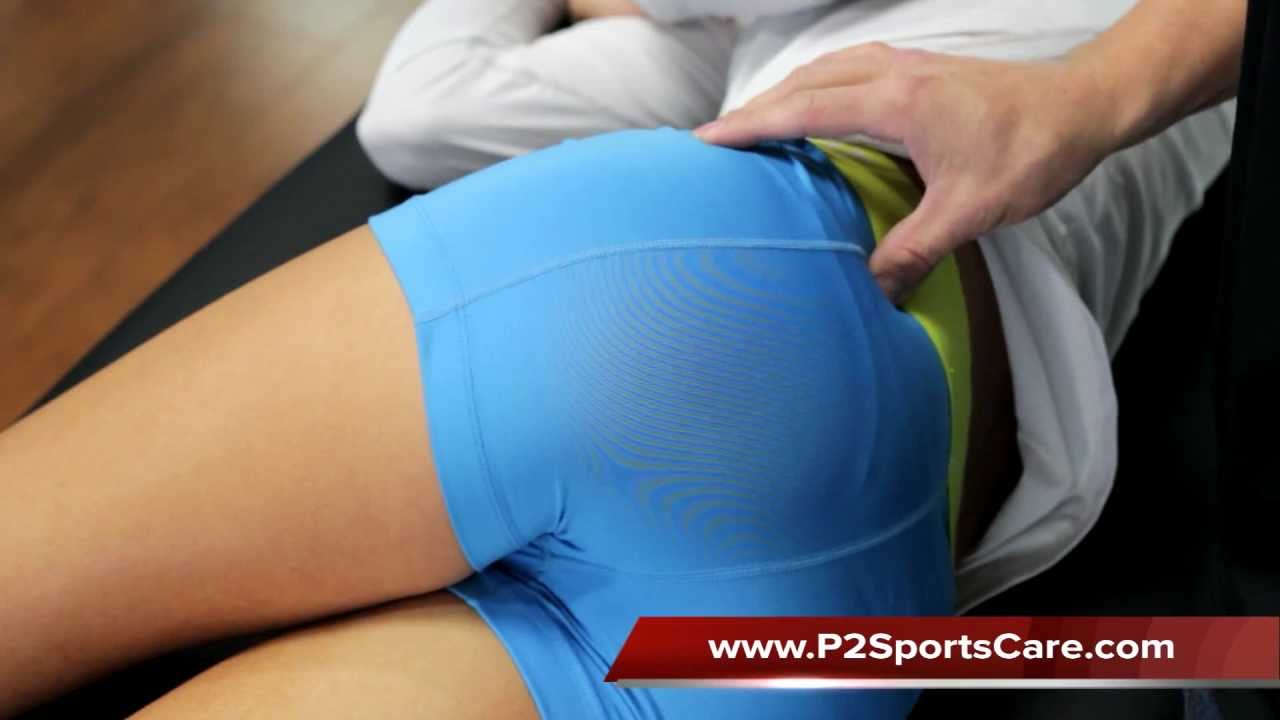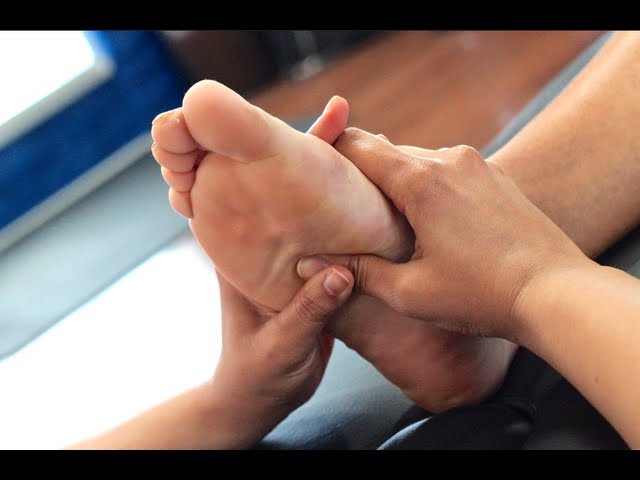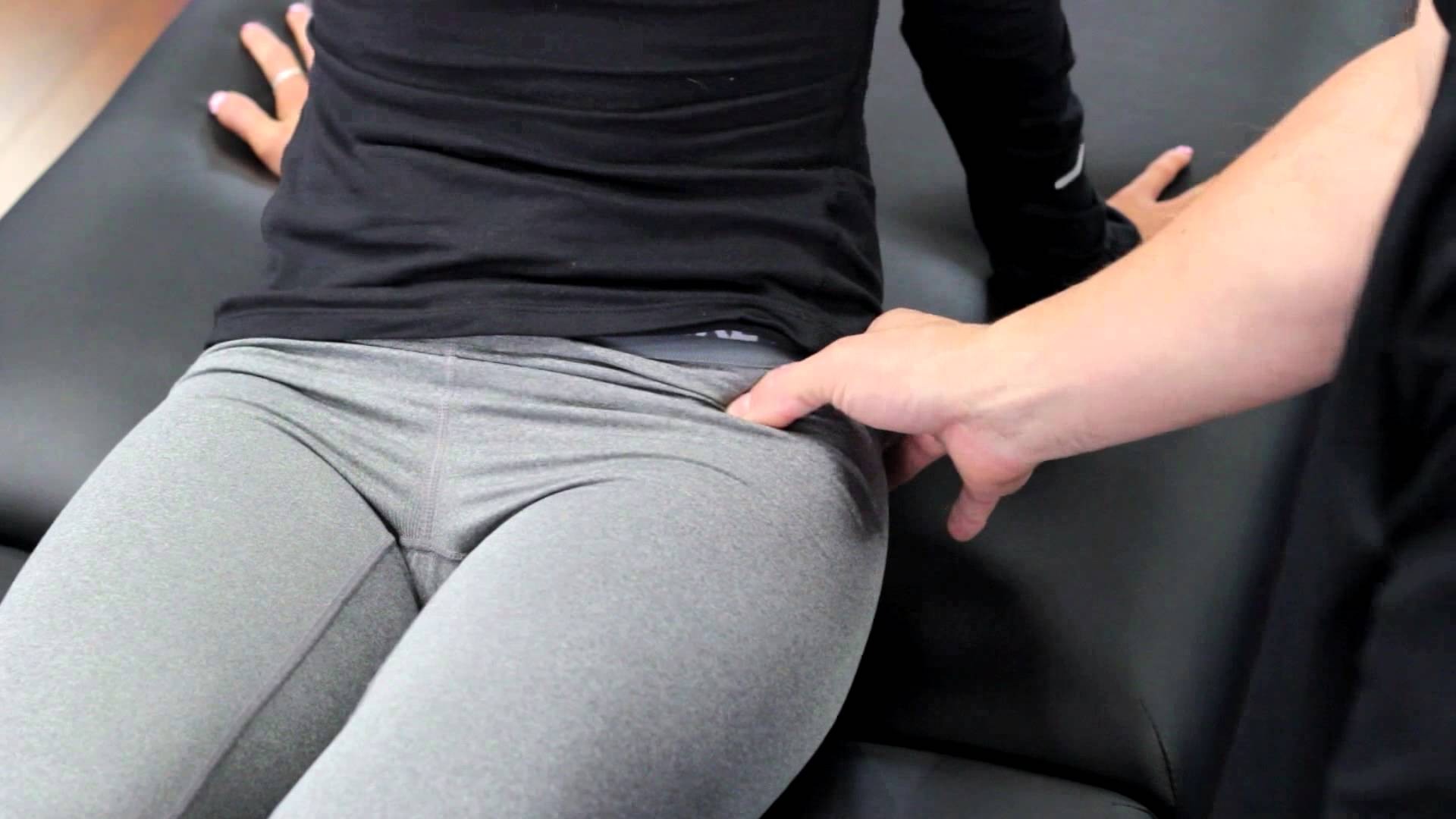714-502-4243 http://www.P2SportsCare.com to learn prevention methods. We specialize in sports injuries and getting athletes back to their sports fast (running injuries, shoulder tendonitis, IT Band, Runners Knee, Hip Flexor tightness). We see athletes anywhere from baseball, triathletes, golfers, basketball, cyclist, runners and so on. We provide Active Release Techniques (ART), chiropractic care, strength training and corrective exercises. The Performance Place Sports Care is located in Huntington Beach, CA.
Looking for a new Chiropractor in Huntington Beach? Check out the link and Book an appointment today!
Dr. Gonzales is a Huntington Beach chiropractor serving Huntington Beach and the surrounding community. Regardless if you are suffering from back pain, neck pain, headaches, shoulder pain, or sports injuries, our chiropractor can help you heal your conditions with chiropractic treatments and massage, such as Active Release. If you have been in a car accident, there is a chance you need a Chiropractor in Huntington Beach to help you overcome conditions, which occur in car accidents, such as whiplash. Dr. Gonzales, who has been a Huntington Beach Chiropractor for runners, triathletes and golfers can help you with chronic conditions as well as acute sports injuries. Visit our website and book a free consultation to see our chiropractor for chiropractic care today.
Never been to a chiropractor before? No worries! The first session to our Chiropractic Center in Huntington Beach will consist of a consultation with one of our chiropractors, where we will perform treatment on the very same day… you'll feel pain relief before you leave our chiropractic sports center. Our team of therapists and doctors are honest and will help you decided the right treatment plan for you.
How long will my care be at a Chiropractic Clinic? Every chiropractic clinic is different but our chiropractor in Huntington Beach have been known for providing short treatment plans and keeping Huntington Beach's active community moving with minimal downtime.
If you would like more information about a Huntington Beach Chiropractor near you, please visit our website.
Keywords:
Huntington Beach Chiropractor
Huntington Beach Chiropractic
Huntington Beach Chiropractic Clinic
Huntington Beach Active Release Techniques ART
Chiropractor in Huntington Beach
Different people suffer through different health disorders that need to have several doctors and medical practitioners who can get them rid from their problems. In this way, Chiropractor is available for all these purposes. It is the health care medical facility that provides instant relief against all kinds of problems.
Chiropractic is a natural healing science, art and philosophy primarily concerned with detecting and then eliminating interference to your nervous system. Since your nervous system controls every aspect of your body, chiropractic can have a major impact on multiple areas of your health. Founded in 1895, it is the world's largest drug-free healthcare system and the 3rd largest primary healthcare system in the USA behind medicine and dentistry. Over 25 million Americans will see their chiropractor this year.
This is the practice which is very common in Huntington. The Huntington Beach chiropractor is based on the fact that every structure and function of your body is controlled by the nervous system. If there is interference to the nervous system, then whatever body part or function that nerve was controlling will stop working at 100%. Chiropractor in Huntington Beach is a safe, reliable and effective option available because of which a person can get relief easily within quick span of time. Chiropractors focus on the spine because this is where the delicate nerves are most likely to be compressed or irritated as they pass through on their way to control all parts of your body.
The majority of spinal problems arise from physical, mechanical stress to your body such as accidents, injuries, prolonged sitting etc. These stresses and injuries result in stiff immovable joints which in turn cause surrounding joints to become overworked, loose and eventually damaged. The treatment to correct these problems also has to be physical and mechanical in nature.
For most people the chiropractic treatments, called spinal adjustments, are not only comfortable but is actually an enjoyable experience. All treatment is geared to each individual's comfort level and the old "No Pain No Gain" approach is never used. It is heartwarming to see children who are so small they can't even get up on the adjusting table by themselves, fighting with their siblings to be the first one adjusted. Pediatricians would be green with envy to see how even the smallest kids are happy to be in the chiropractic office and how they love to get adjusted.
Trochanteric Bursitis, hip pain, hip bursitis, Huntington Beach Sports Chiropractor, active release technique, Gluteus Medius Pain at Iliac Crest on Runners


